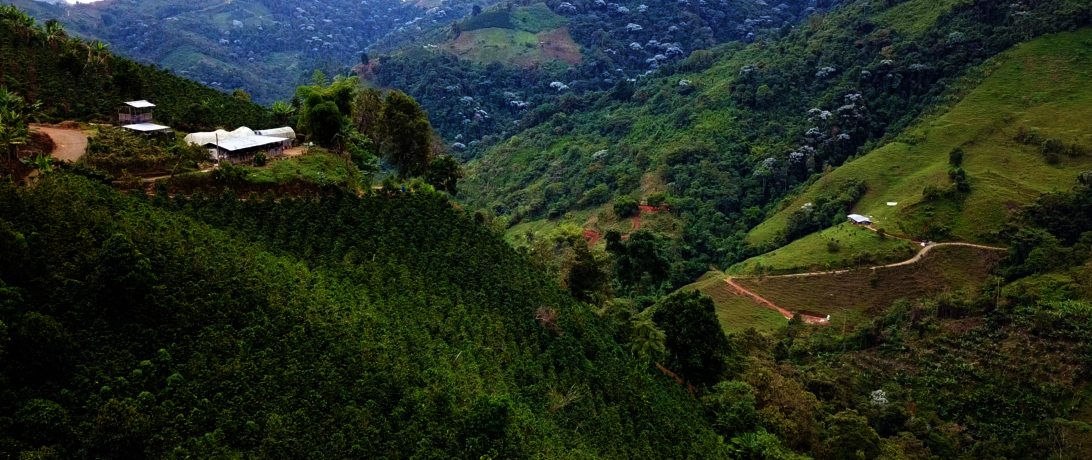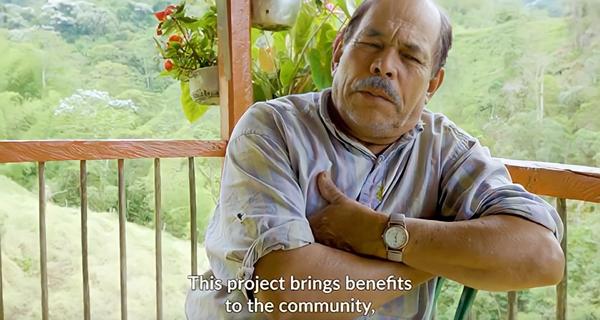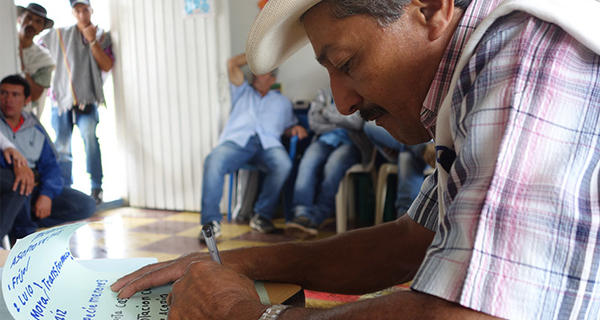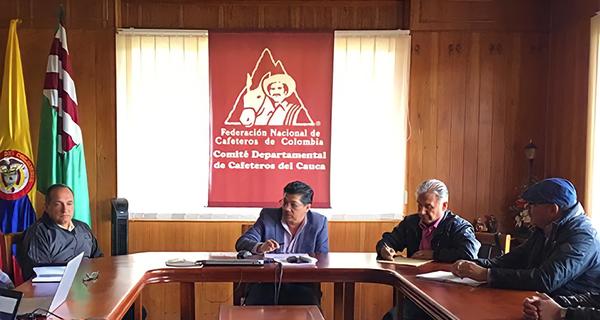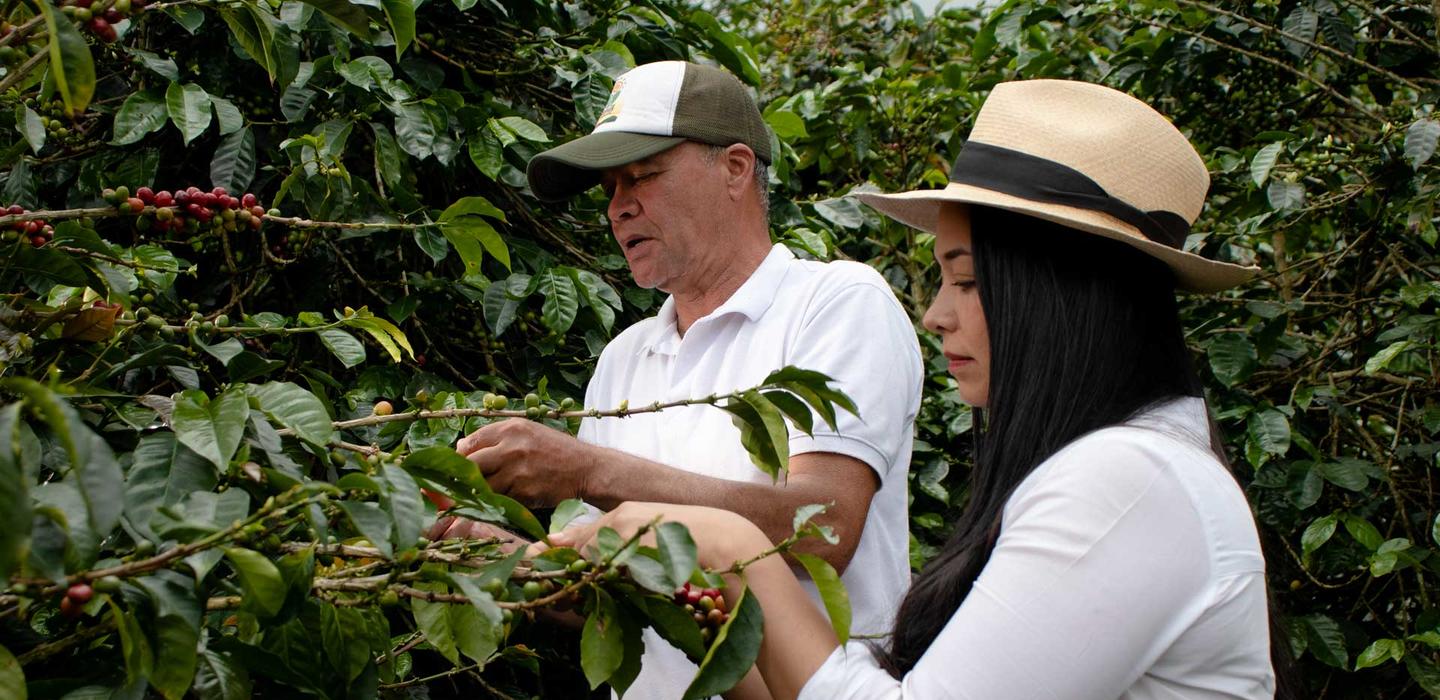
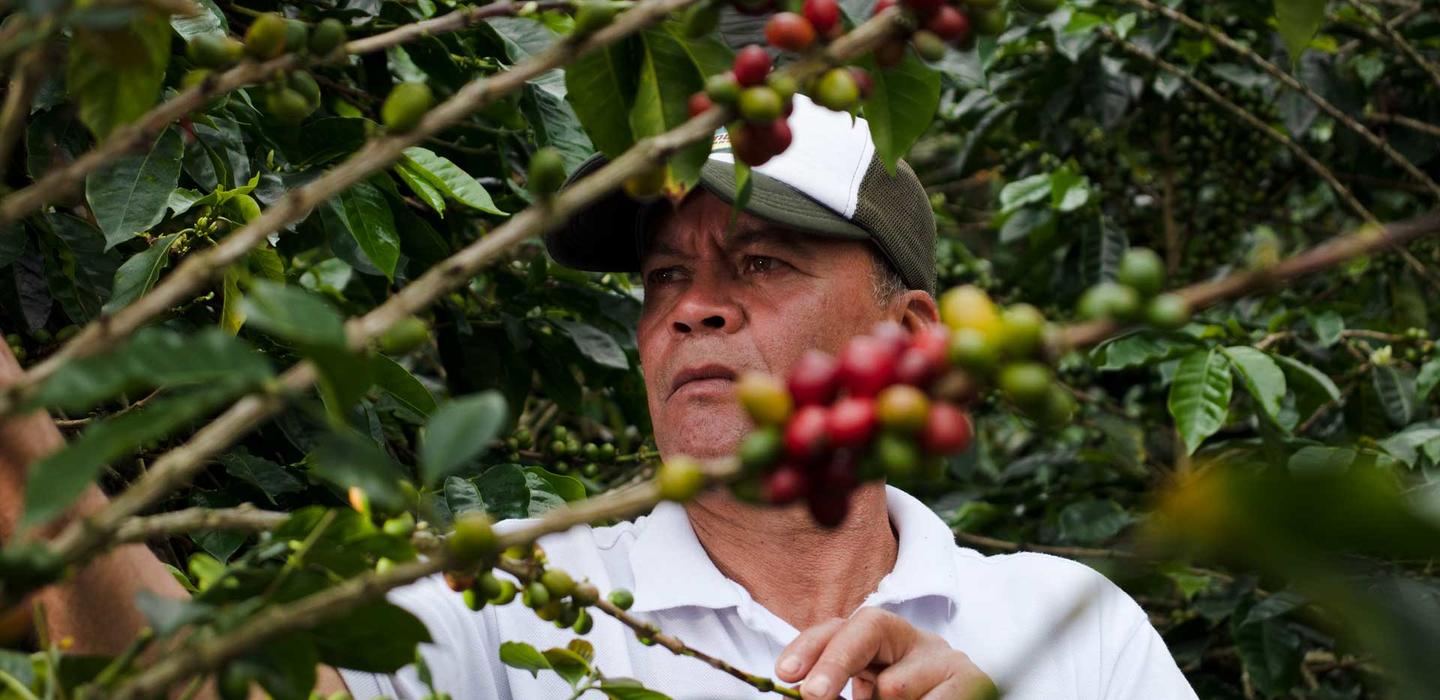
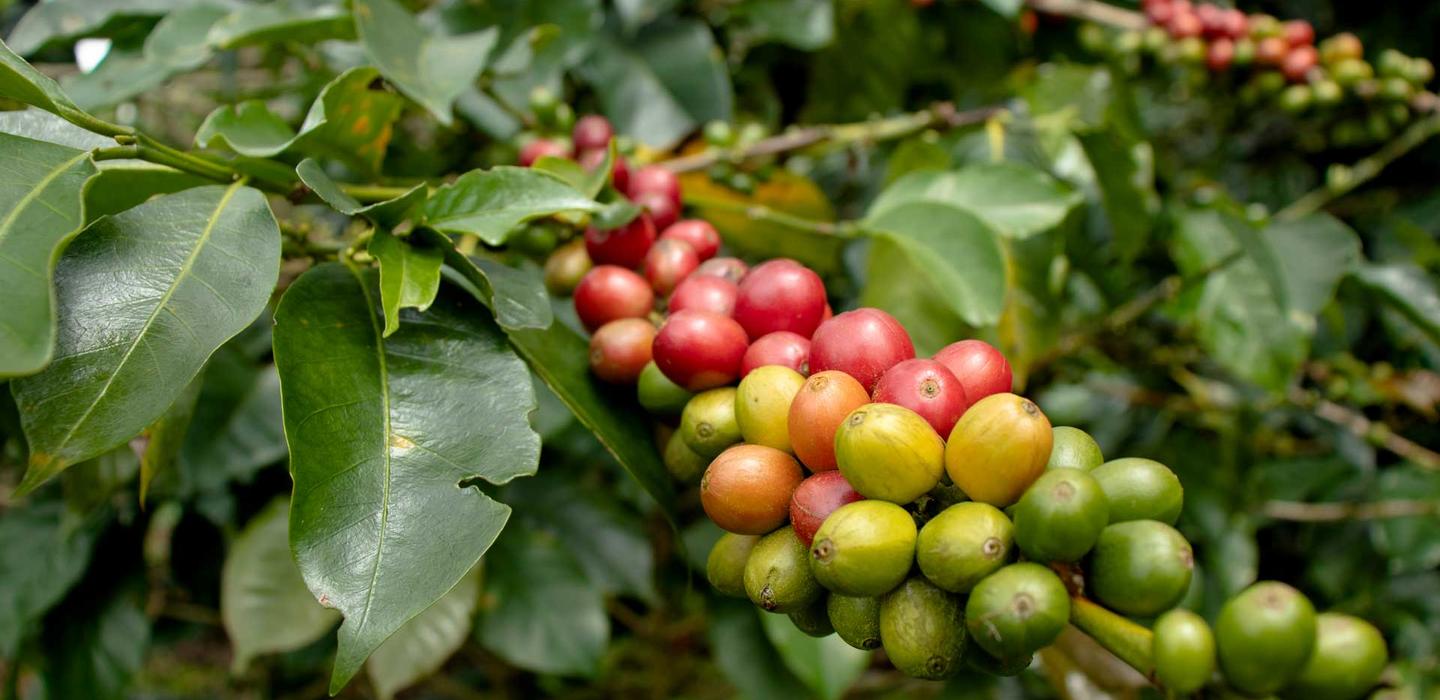
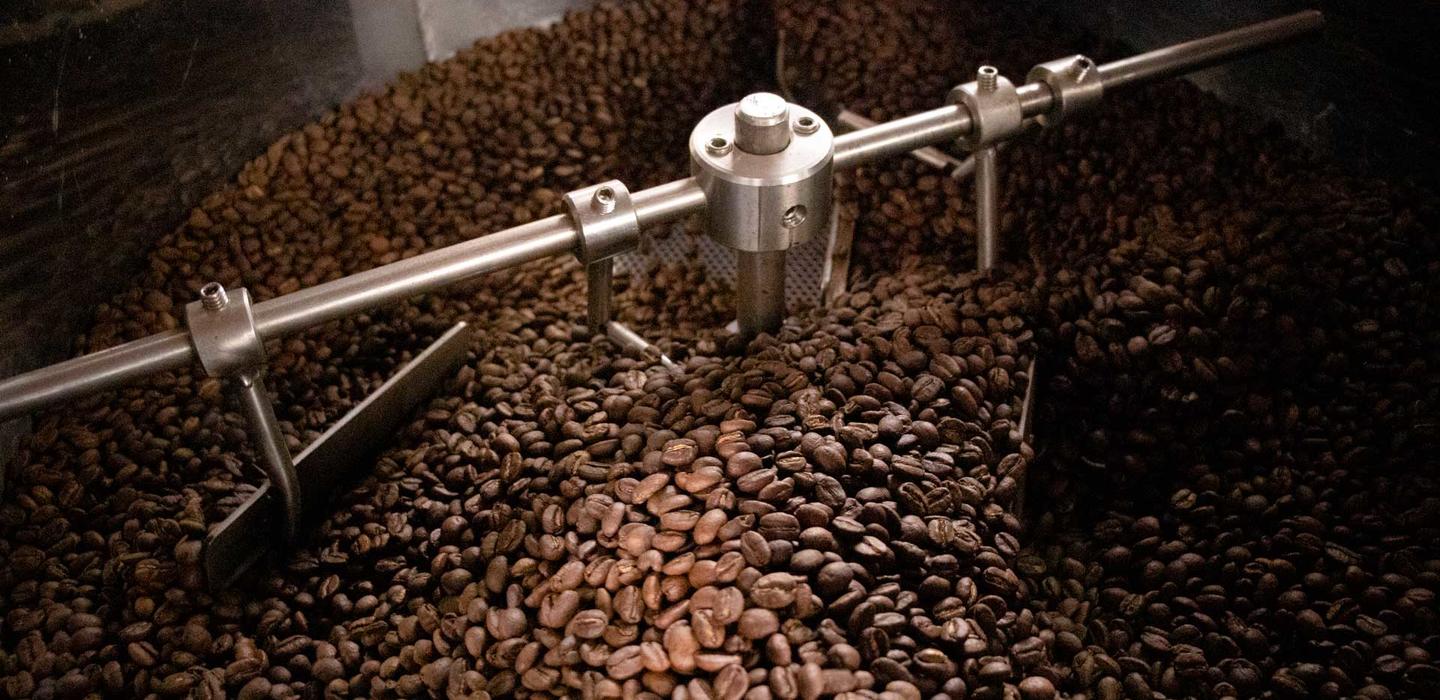
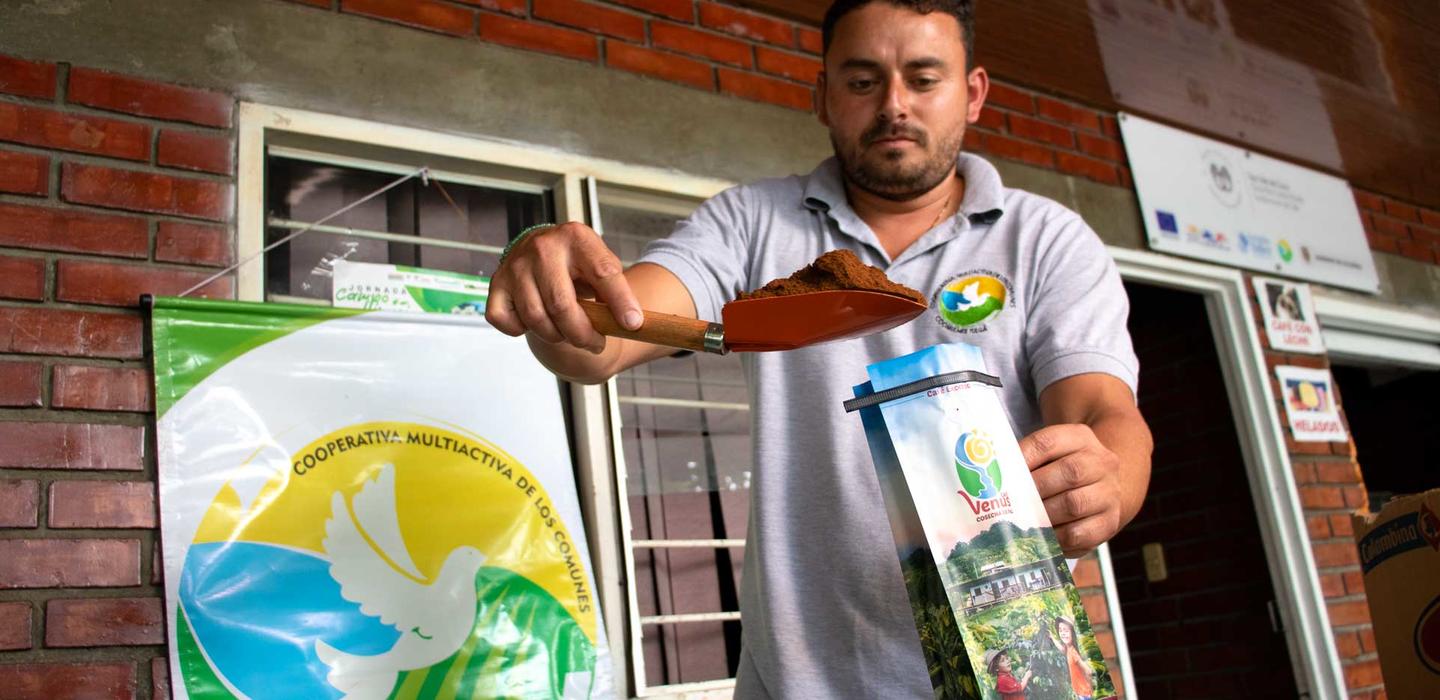

The collective work between reincorporated immigrants and coffee-growing families in this ERA has achieved valuable achievements in marketing that are based on the reconstruction of the social fabric and the formation of bonds of trust. This is the case of the alliance with the prestigious brand Illy Caffè and the most recent alliance with the international specialty coffee brand Costal Campesino from Colombia . This latest agreement marks a milestone for the economic and collective reincorporation in the country, as it is the first specialty coffee originating in La Paz to be exported to Europe.
The persistence of the armed conflict in the middle and upper rural area of Tuluá, as well as in part of the urban area, has meant that the participants of this ERA have had to overcome important security challenges, moving outside the rural area where they founded the foundations of their ventures. This reality has compromised its integrity and the development of its productive projects. In this context, the accompaniment of PASO Colombia together with entities such as the UN Verification Mission and the Tuluá Mayor's Office have been vital in providing support that allows them to continue their work under adequate conditions. As a result of this joint effort, the integration of COOMULNES to the peasant market MERCACENTRO stands out, a scenario in which they have strengthened their technical capacities in coffee roasting and where today they are integrated with the peasant population and former members of the armed forces who sell there. their products.
In this new stage, PASO's accompaniment is concatenated with the contributions with which it has been strengthening coffee production in the area for the last five years. This process began with the provision of a community guardiola for drying coffee and evolved with the provision of a roasting and cupping center.
In this way, the ERA of Tuluá is in the process of consolidating a commercial logistics model that is based on technical support in the field, fair trade and a greater participation of peasants in the generation of added value in the coffee production chain. This process begins with on-site monitoring by the PASO extension agent, who provides feedback on the practices of the coffee growers and monitors the quality of the results obtained. Subsequently, PASO provides the necessary machinery and training so that the members of the ERA develop their technical capacities in reception, evaluation, processing and maquila of quality coffee with export potential. Finally, the generation of commercial alliances such as the one mentioned with Costal Campesino is supported, allowing all those involved in the value chain to access fair purchase prices that recognize the value of their work.
Currently, the ERA of Tuluá is made up of 2 nodes, the coffee and beekeeping nodes, where peace signatories and peasant families are integrated. According to the interests of the participants, their experiences and the characteristics of the soil, in each node the most convenient productive projects are promoted, as well as other crops for food security, the breeding of cattle, pigs and minor species.
In addition, there is an agreement to start the beekeeping productive alliance project that will benefit 40 COOMULNES associates with 13 apiaries made up of 520 hives. This will open the doors to start the production of honey and propolis tincture in alliance with the Santa Rita apiary.
The Tuluá ERA has the support of institutions such as the Valle Governor's Peace Secretariat , the Tuluá Mayor's Office , the UN Verification Mission in Colombia , the United Nations Development Program (UNDP) through the “A coffee for peace” project and the Caficentro Cooperative .
